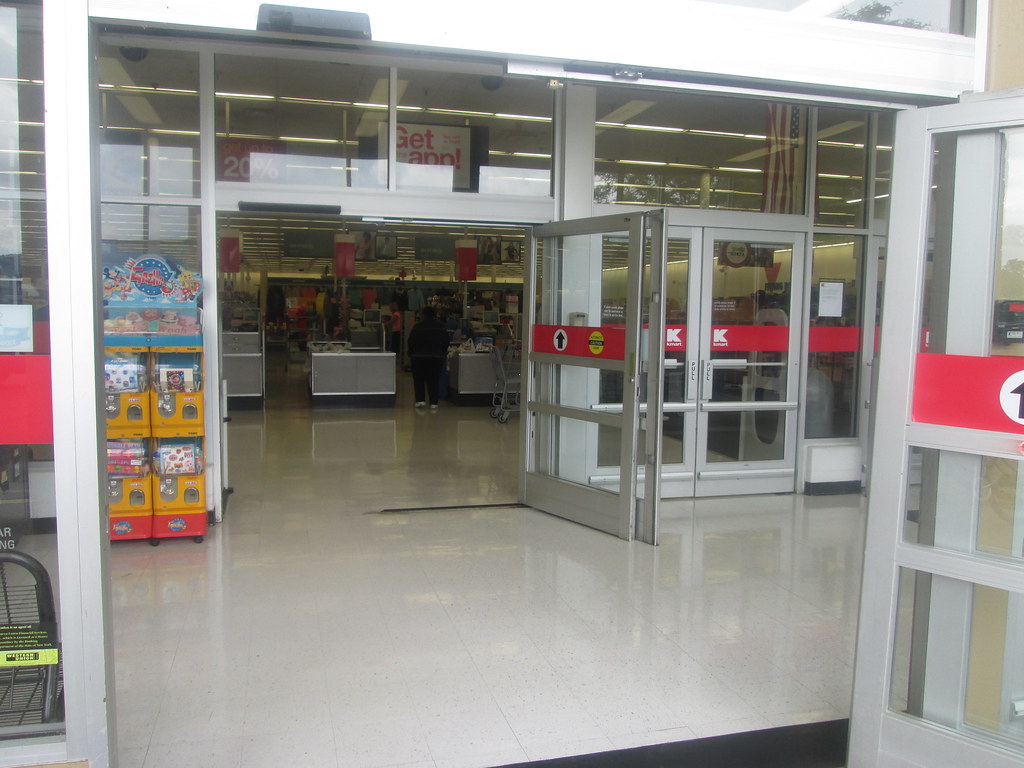Automatic Doors

In the bustling urban landscape, where convenience and accessibility reign supreme, automatic doors have emerged as silent gatekeepers, seamlessly ushering us into buildings and public spaces with a touch of modern elegance. Gone are the days of manual doors that required physical effort to open and close; instead, these automated wonders have revolutionised the way we navigate through our daily lives. From shopping malls to airports, hospitals to office buildings, automatic doors have become an integral part of modern architecture, embodying the perfect fusion of form and function.
The allure of automatic doors lies not only in their futuristic appeal but also in the practical benefits they offer. Beyond the convenience of hands-free entry, these doors enhance accessibility for all, including those with mobility challenges or heavy bags to carry. The gentle glide of automatic doors opening wide conveys a welcoming message, inviting patrons to step inside without any barriers or obstructions. This inclusivity aligns with the ethos of modern urban design, where the seamless integration of technology and architecture strives to create spaces that cater to diverse needs. Safety stands at the forefront of any public space design, and automatic doors have been engineered with this priority in mind. Equipped with state-of-the-art sensors, these doors can detect the presence of individuals, preventing accidental collisions and ensuring a smooth flow of foot traffic. The responsive technology in automatic doors offers peace of mind to both users and property owners, mitigating potential accidents and meeting stringent safety regulations.
In addition to their practical advantages, automatic doors reflect a commitment to sustainable living. Their efficient design minimises heat loss or gain, enhancing energy efficiency in buildings. The swift opening and closing of automatic doors reduces air exchange, helping to maintain consistent indoor temperatures and reducing the strain on climate control systems. As organisations and businesses strive to meet environmental standards and lower their carbon footprint, the adoption of automated doors has become an integral part of sustainable architecture.
For businesses, automatic doors offer a strategic advantage in enhancing the customer experience. The seamless entry and exit foster a positive first impression, conveying a sense of modernity and attentiveness to visitors’ needs. In bustling retail environments, automatic doors enable smooth foot traffic flow, reducing congestion during peak hours and ensuring an enjoyable shopping experience for patrons. Moreover, the touch-free functionality of these doors aligns with the heightened emphasis on hygiene and health in public spaces, especially in a post-pandemic world.
Innovations in automatic door technology have paved the way for new possibilities in design and aesthetics. From sleek glass doors that exude minimalist chic to sturdy metal frames that complement industrial architecture, automatic doors can be customised to blend seamlessly with various building styles. Furthermore, the integration of automatic doors with building management systems and access control technology enables a seamless flow of information, enhancing security protocols and further elevating the user experience.While automatic doors have become a staple in public spaces, their applications extend beyond commercial settings. In healthcare facilities, they play a vital role in ensuring efficient patient flow while minimising the risk of infection transmission. In transportation hubs like airports and train stations, automatic doors facilitate the smooth movement of passengers and luggage, ensuring that the journey begins with convenience and ease. The integration of automatic doors in residential settings also holds promise, offering smart home solutions that enhance accessibility for residents.
In conclusion, automatic doors have silently reshaped our urban experiences, embodying the seamless convergence of technology and architecture. From the practicality of touch-free entry to the enhancement of safety and accessibility, these automated wonders have earned their place as a fundamental element of modern public spaces. As urban landscapes continue to evolve, the legacy of automatic doors will remain, reminding us that the fusion of design and functionality can transform the way we interact with our built environment. To find out more, you can visit Safetell Ltd




